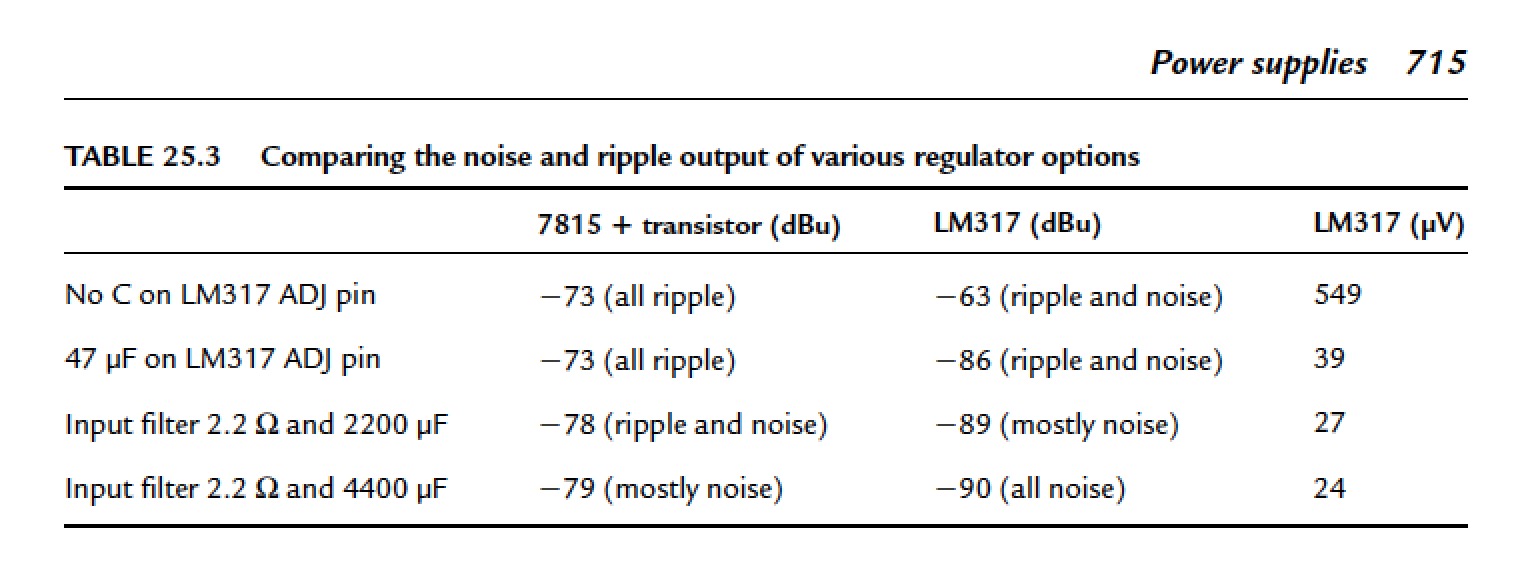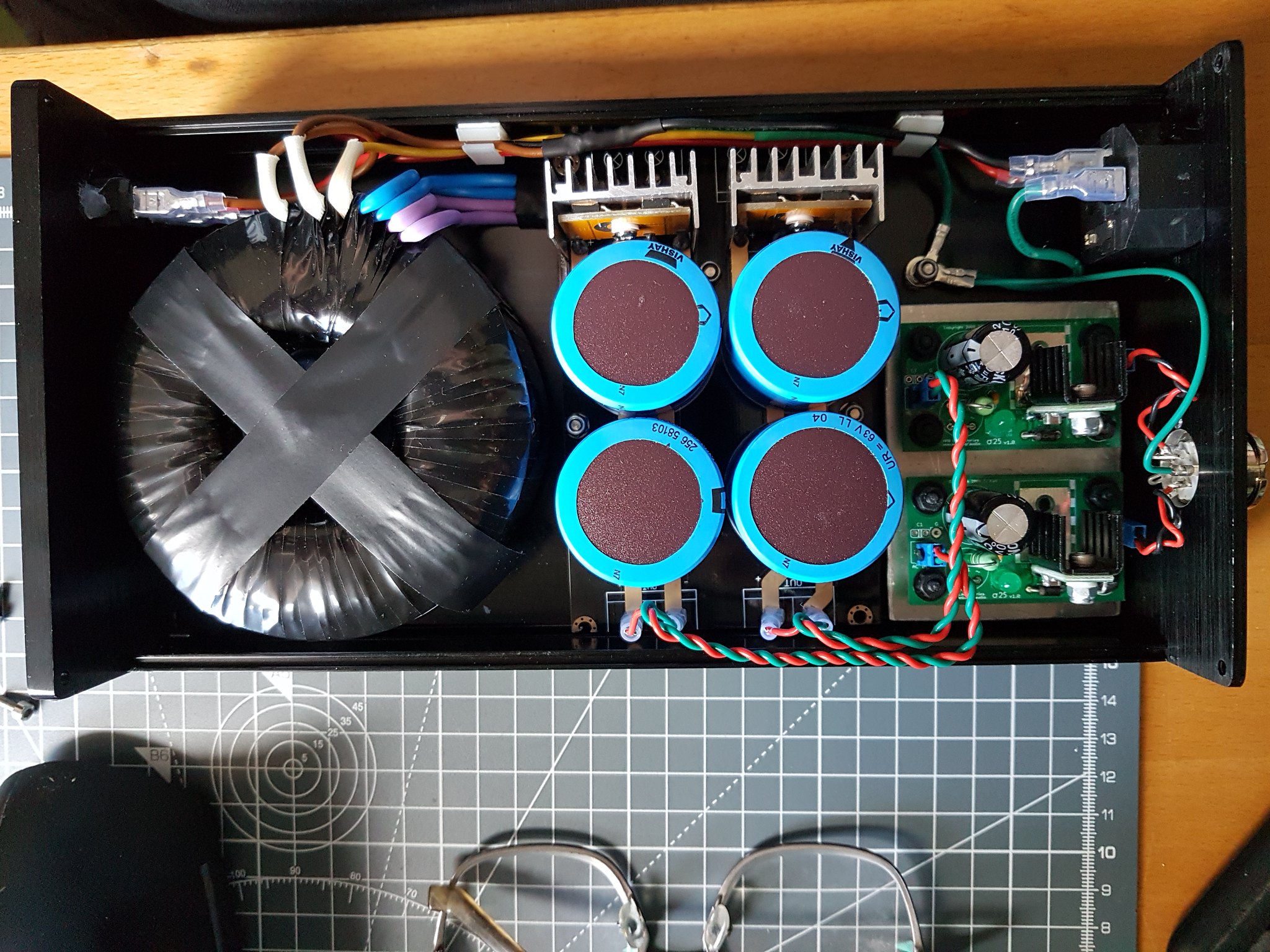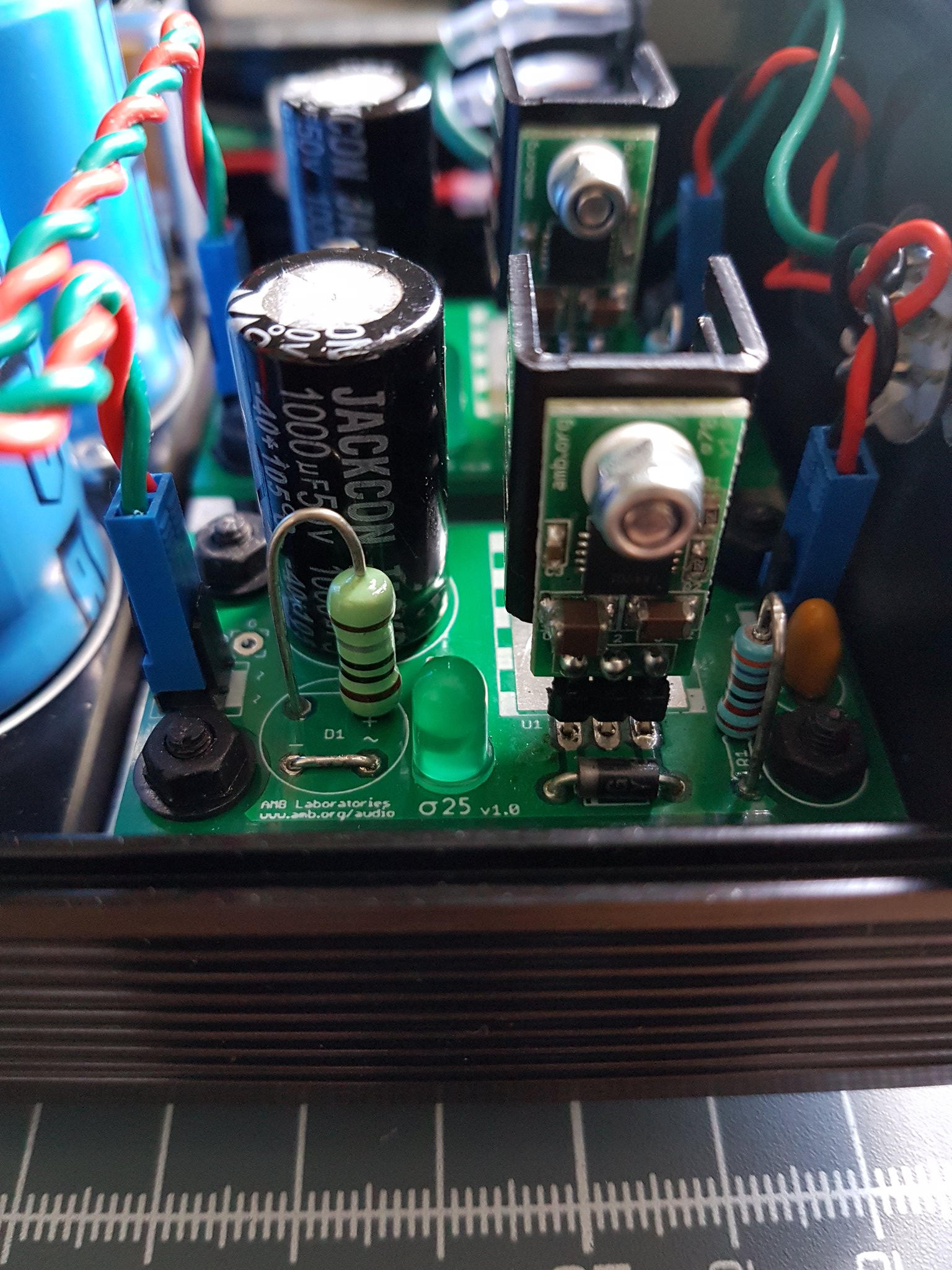nojobtoosimple
Active Member
Hi all,
I have a NAC72 with some RSL after-market boards fitted and powered by a FlatCap. My mind has been turning lately to improving the power supply though, honestly, I have no real complaints about the sounds I'm hearing I just fancy building something and the FlatCap looks like it might be a weak point.
Looking at the RSL cards more closely I note that they have onboard regulation using one or more LT3082s. Looking at the spec sheets for this device it quotes Error Amplifier noise of 33uV and PSRR of around -65db to -90db, depending on the frequency of the noise, in the audio band.
So here's the first question... given the foregoing, to what extent should I strive for a lowest possible noise PSU solution ? It seems to me (and please be aware that I am at or beyond the bounds of my understanding here) that, unless the PSU is delivering millivolts of noise, the input noise level will result in additional output noise that is dwarfed by the 33uV produced by the LT3082 itself. Am I on the right lines here ? If so, then selecting a PSU design simply because it should produce a couple of uV less noise than another would seem a bit bonkers.
I am (dimly) aware that there are many other factors in PSU performance that play a part in determining how well they perform in any given situation but assume that some, at least, will be rendered less relevant by the onboard regulation of the RSL cards. In this context which of these factors are likely to have a greater influence on the performance of the NAC and should therefore be prioritised when selecting components or approaches for a new PSU ?
I'll be grateful for any advice, guidance or comment offered.
Thanks,
Jon
I have a NAC72 with some RSL after-market boards fitted and powered by a FlatCap. My mind has been turning lately to improving the power supply though, honestly, I have no real complaints about the sounds I'm hearing I just fancy building something and the FlatCap looks like it might be a weak point.
Looking at the RSL cards more closely I note that they have onboard regulation using one or more LT3082s. Looking at the spec sheets for this device it quotes Error Amplifier noise of 33uV and PSRR of around -65db to -90db, depending on the frequency of the noise, in the audio band.
So here's the first question... given the foregoing, to what extent should I strive for a lowest possible noise PSU solution ? It seems to me (and please be aware that I am at or beyond the bounds of my understanding here) that, unless the PSU is delivering millivolts of noise, the input noise level will result in additional output noise that is dwarfed by the 33uV produced by the LT3082 itself. Am I on the right lines here ? If so, then selecting a PSU design simply because it should produce a couple of uV less noise than another would seem a bit bonkers.
I am (dimly) aware that there are many other factors in PSU performance that play a part in determining how well they perform in any given situation but assume that some, at least, will be rendered less relevant by the onboard regulation of the RSL cards. In this context which of these factors are likely to have a greater influence on the performance of the NAC and should therefore be prioritised when selecting components or approaches for a new PSU ?
I'll be grateful for any advice, guidance or comment offered.
Thanks,
Jon





